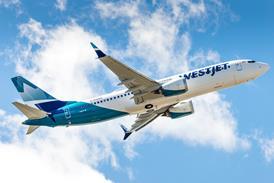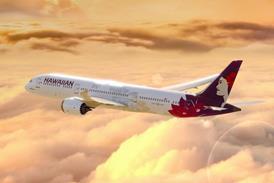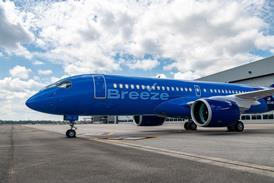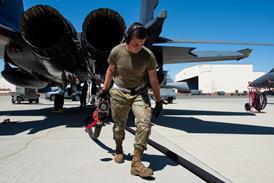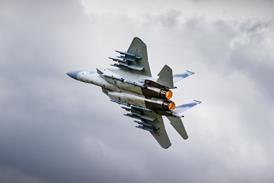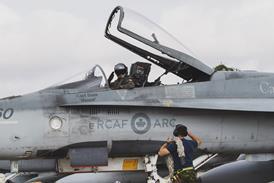RAYTHEON E-SYSTEMS and the US Army have conducted field trials of a drop-zone assembly aid which uses the global-positioning system (GPS) to provide troops with the direction and distance to an air-dropped load or an assembly point.
The equipment consists of a hand-held locator, which is carried by the troops, and a beacon transmitter, which is strapped to the load or placed at an assembly point. Trials demonstrated a range of 3km (1.5nm) and accuracies "of a few feet", says Raytheon.
The drop-zone assembly aid has been developed by the company's Montek division in Salt Lake City, Utah.
The US Air Force, meanwhile, is researching ways to improve airdrop accuracy by at least 50%. Both GPS-based and laser-radar wind-sensing systems are being pursued. A GPS-based dropsonde atmospheric-profiling system is being tested.
Trials are planned for 1997 of an improved precision-airdrop-capability demonstrator, combining laser-radar and GPS-dropsonde technologies with the US Army's guided-parafoil advanced precision aerial-delivery system.
Source: Flight International

